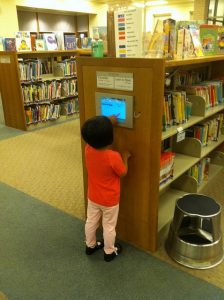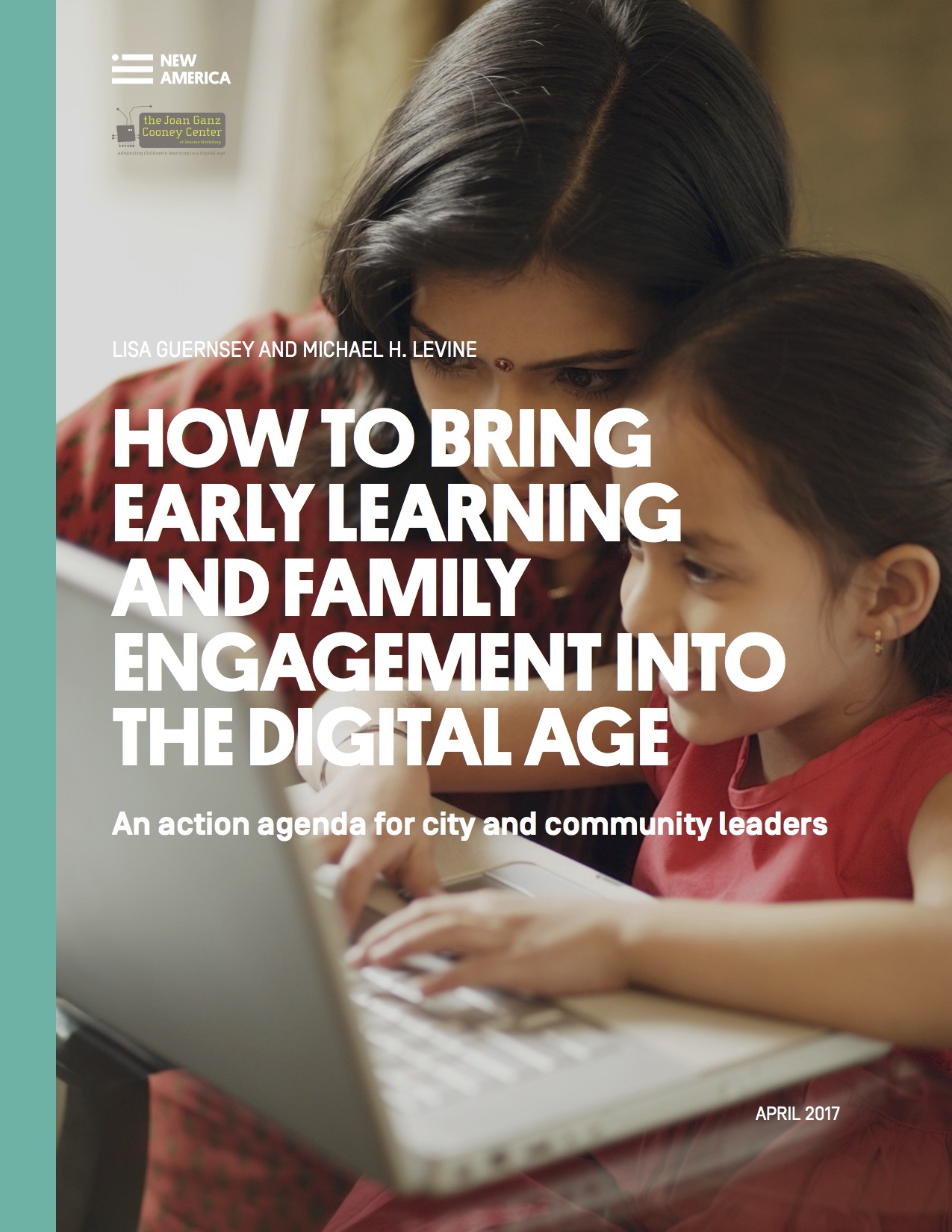A new study on public libraries highlights their role in digital literacy and family engagement

A recent survey of more than 400 public library directors provides new evidence of how public libraries are transforming to help families build digital literacy skills and become familiar with new technology. The results, published last month in Public Library Quarterly, raise the question: Are public schools doing enough to take advantage of these resources in their backyards?
The results are part of a larger research study, “Engaging Families in Public Libraries,” by M. Elena Lopez, Margaret Caspe, and Christina Simpson, leaders of and contributors to the Global Family Research Project, a non-profit organization dedicated to new ideas for engaging with and for families. The survey, which was distributed online to 1,600 library directors across the country, showed that 95 percent of respondents believe it as “important” or “very important” to serve as “experts on digital media and technology” for families. (The only activity that scored higher in the survey was serving as “catalysts to inspire a love of reading,” at 99 percent of respondents.)
Nearly all respondents said they have formed partnerships with schools, typically through summer learning initiatives. But the study calls into question whether those partnerships are robust enough to support families’ efforts to promote their children’s learning. Public libraries have become well-known for storybook hours to support families with young children, but as kids grow up and move through grade levels, libraries do not typically offer many opportunities for parents and caregivers to be involved in students’ learning or for parents and their kids to explore and learn together. Meanwhile, schools are being asked to engage in new ways with families but may not know where to start.
For school-age children, the authors write, libraries “could be more deliberate in creating family-oriented learning experiences that capitalize on their frequently reported partnerships with schools.” Maker spaces, home visits by librarians, and mobile media centers in neighborhoods are among the new ideas that emerged from their research.
The authors also used information from semi-structured interviews with 40 librarians and discussions with a group of 20 librarians to brainstorm how libraries should evolve to meet the needs of learners of all ages. For example, the authors suggest that libraries augment the relationships that they may have already established with families of pre-kindergarten age children by working with schools to help those families to transition their kids into kindergarten and the early grades. The authors also see libraries becoming more welcoming places for family meet-ups, continuing to serve as important locales for providing Internet access, and as vital spaces for building digital literacy skills.
The study results ultimately paint a picture of public libraries becoming more dynamic contributors to a “learning ecology” that includes early learning centers, schools, recreational spaces, museums, and afterschool programs, with libraries “offering vast collections of books, media, and informational events to guide families in their children’s learning and development.”
This intersection of family engagement, children’s learning, and technology is new and buzzing terrain, and this study is not the only evidence that public libraries are well-situated to capitalize on it. In partnership with the Joan Ganz Cooney Center at Sesame Workshop, we have published reports on how to bring early learning and family engagement into the Digital Age and how to analyze efforts that integrate technology into early literacy programs, along with digital maps that spotlight innovators in libraries, early learning centers, and elsewhere. We have also written about the rise of media mentors among public librarians and other professionals who work with families and young children.
In the coming months, the Early Learning Lab, an initiative based in Oakland, California, will release survey results on technology and family engagement (for parents with infants and toddlers), coinciding with a forthcoming report from the Silicon Valley Community Foundation, which has been surveying parents and early educators, and interviewing public librarians, in three California counties about technology and early learning. Also to watch is the Future Ready Schools initiative, which is designed to help school district leaders develop strategies for personalized learning. It includes Future Ready Librarians, most of whom are school librarians working on digital literacy initiatives within school buildings.
As policymakers and educators begin to learn from these projects, new questions arise:
- Do school district leaders recognize the new roles that their public libraries could play or want to play in their communities?
- Are public library leaders adequately connected to school leaders who are working on family engagement or digital literacy?
- Are there opportunities for school librarians and public librarians to work together to support families and family learning opportunities for school-age children?
- What are the incentives for school districts and public libraries to work more closely together? What policies could help?
- Where are institutions unnecessarily replicating effort? What are the funding implications of that replication?
- When it comes to professional development around literacy (both traditional and digital) and family engagement, are professionals from these two realms given opportunities to share insights?
- Do public librarians and school educators have opportunities to learn together?
The Public Quarterly article helps show that libraries have the potential to be a community’s linchpin for building digital literacy within families and enabling families’ success with their children from birth through adolescence. Now comes the hard work of figuring out how to create deeper partnerships with schools and other institutions that may also be working toward these goals. As Lopez and her co-authors write: Libraries “cannot do it alone.”

